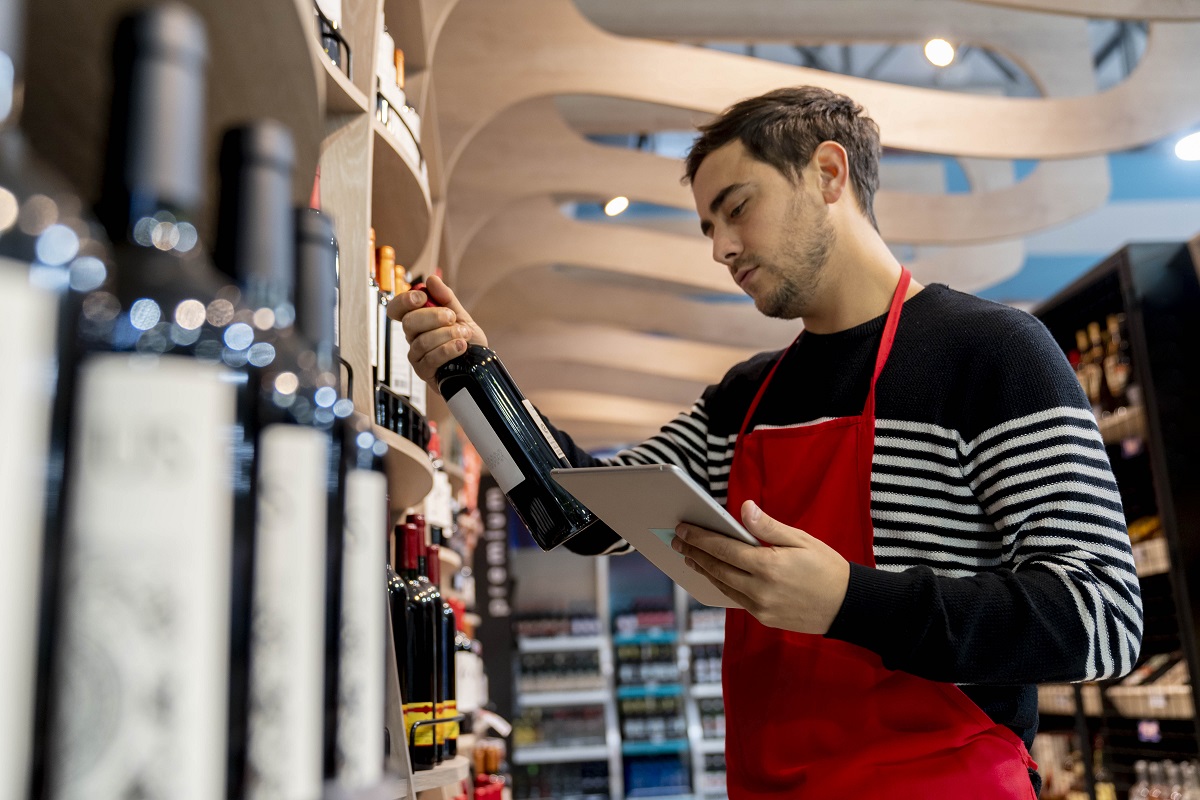Wine Intelligence has suggested that the learnings of the pandemic can help brands weather disruption as inflation and cost of living affects consumer spending.
In analysis of the upcoming economic environment for wine brands, Wine Intelligence stated, ‘for the moment, there are no straightforward answers.’
However, the industry observers did outline how the wine industry’s experience during the COVID-19 pandemic can aid decision-making as a consumer spending crunch looms.
Wine Intelligence has pointed to the fact that when consumers are forced to make spending choices, non-negotiable necessities (food, shelter and transport) are obviously prioritised.
The proportional costs of these basic requirements (which can broadly be described as ‘the cost-of-living’), have been in a long-term decline until recently, typically averaging around 10 per cent for most households living in developed economies such as the UK and US, according to the US Department of Agriculture, and the UK Office of National Statistics.
Yet, as Wine Intelligence explains, cost inflation in many of these markets is reaching rate unseen in three decades – with households across the world, including those in the middle and upper-income brackets, expected to re-evaluate their budgets.
In response, Wine Intelligence has recommended that wine brands focus on their core audience. During the height of the lockdown period, frequent wine drinkers continued, or even increased their wine consumption within the home, while occasional wine drinkers ‘effectively exited the wine category’. This latter group included a large group of younger legal-age-drinkers, whose relationship with was driven by social occasion in the on-premise, rather than product itself.
Wine Intelligence says ‘the lesson was that, when external factors intervene, committed drinkers will stay committed, and marginal drinkers will find substitutes.’ As younger cohorts are also more likely to be found in the lower-wealth demographic, it is likely that increases in cost of living could provoke a similar market response. Brands should, therefore, commit resources to ensuring they recognise who their core audience is, and focus marketing efforts upon them.
A similar process of ‘finding out’ is described by Wine Intelligence regarding brand equity. Here the analysts suggest that when external or economic factors put brand value to the test, the best definition is that used by accountants, which judges value by the price difference that can be commanded by a brand versus a generic or own-label equivalent.
‘In this regard, the wine category generally performs poorly – with a few notable exceptions. Developing a genuine brand in a relatively low priced, supermarket-dominated, commodity market such as wine is hard work.’
However, for those rare brands that do have genuine ‘equity’ and the ability to command a price premium, the trust and reassurance they transmit to drinkers will leave them better placed during difficult economic conditions.
Additionally, Wine Intelligence suggested that presence in multiple channels can be nearly as important to brand health as value.
Supporting this argument, the analysts pointed to the fact that the top 10 brands in the UK wine market during 2020 and early 2021 were strong in both the convenience store, and the online supermarket channels.
While the circumstances of Australian regulation mean that wine is less developed in the supermarket space, this performance is an indication of the importance of availability in multiple channels for brands looking to endure uncertain times.
Finally, Wine Intelligence also underlined the importance of awareness of changing behaviour in other categories beyond the wine sector. Describing the COVID lockdowns as a ‘giant natural experiment’, Wine Intelligence stated that ‘the way in which consumers spent money that would have otherwise been allocated to activities that were prohibited or severely restricted’ was illustrated during this time.
In particular, the industry observer highlighted the perhaps counterintuitive phenomenon of luxury good spending expanding in markets such as China, as consumers lost the ability to enjoy out-of-home activities.
The suggestion is then that as consumers restrict one kind of spending, they will compensate with affordable substitutes. The onus is therefore on wine brands to present themselves as viable alternatives to other forms of expenditure (with Wine Intelligence giving the examples of concert tickets, trips abroad or a new bicycle).
What remains to be seen is whether these patterns will repeat when the challenge faced is a purely economic one (such as the increase in inflation and cost of living) as opposed to a disruption of health and legislation, as in the case of the pandemic.
The full Wine Intelligence report can be read here.

